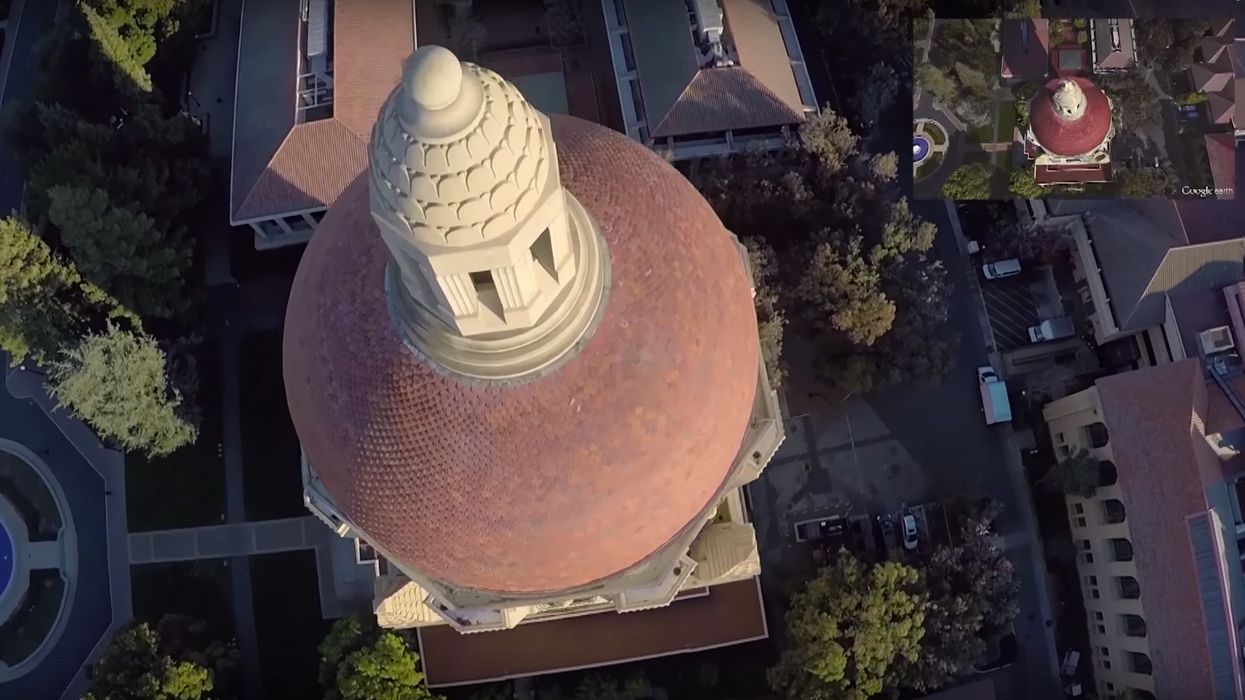Horus Lets You Design Aerial Shots Virtually & then Controls Your Drone to Capture Them
Wouldn't it be nice to capture professional-quality drone footage without having to control the drone itself? Well, you kind of can.

Researchers at Stanford University have designed software that lets you create virtual aerial shots that are later replicated by your drone. It's called Horus and it essentially allows users to design an aerial shot within a virtual 3D world via Google Earth by using keyframes that give your drone checkpoints to hit on its automatically generated route. Not only that, but Horus gives you the power to plan and customize a series of camera moves that your drone will then mimic during its flight.
Here are a couple of videos that show you what Horus does:
And here's a bit from the Stanford researchers' abstract:
Cameras attached to small quadrotor aircraft are rapidly becoming a ubiquitous tool for cinematographers, enabling dynamic camera movements through 3D environments. Currently, professionals use these cameras by flying quadrotors manually, a process which requires much skill and dexterity. In this paper, we investigate the needs of quadrotor cinematographers, and build a tool to support video capture using quadrotor-based camera systems. We begin by conducting semi-structured interviews with professional photographers and videographers, from which we extract a set of design principles. We present a tool based on these principles for designing and autonomously executing quadrotor-based camera shots. Our tool enables users to: (1) specify shots visually using keyframes; (2) preview the resulting shots in a virtual environment; (3) precisely control the timing of shots using easing curves; and (4) capture the resulting shots in the real world with a single button click using commercially available quadrotors. We evaluate our tool in a user study with novice and expert cinematographers. We show that our tool makes it possible for novices and experts to design compelling and challenging shots, and capture them fully autonomously.
It might be a little scary for some to put their trust in a piece of software, especially when we know that drones can be extremely dangerous. But, Horus has a feature that will alert you when a flight plan can't be completed safely, which will help avoid accidents and crashes.
You should really go and check out Horus' website to learn all about how this group of Stanford researchers designed software that will, hopefully one day, prove to be helpful for those with little drone piloting experience.
Source: Horus


 No Film School's coverage of
No Film School's coverage of 









